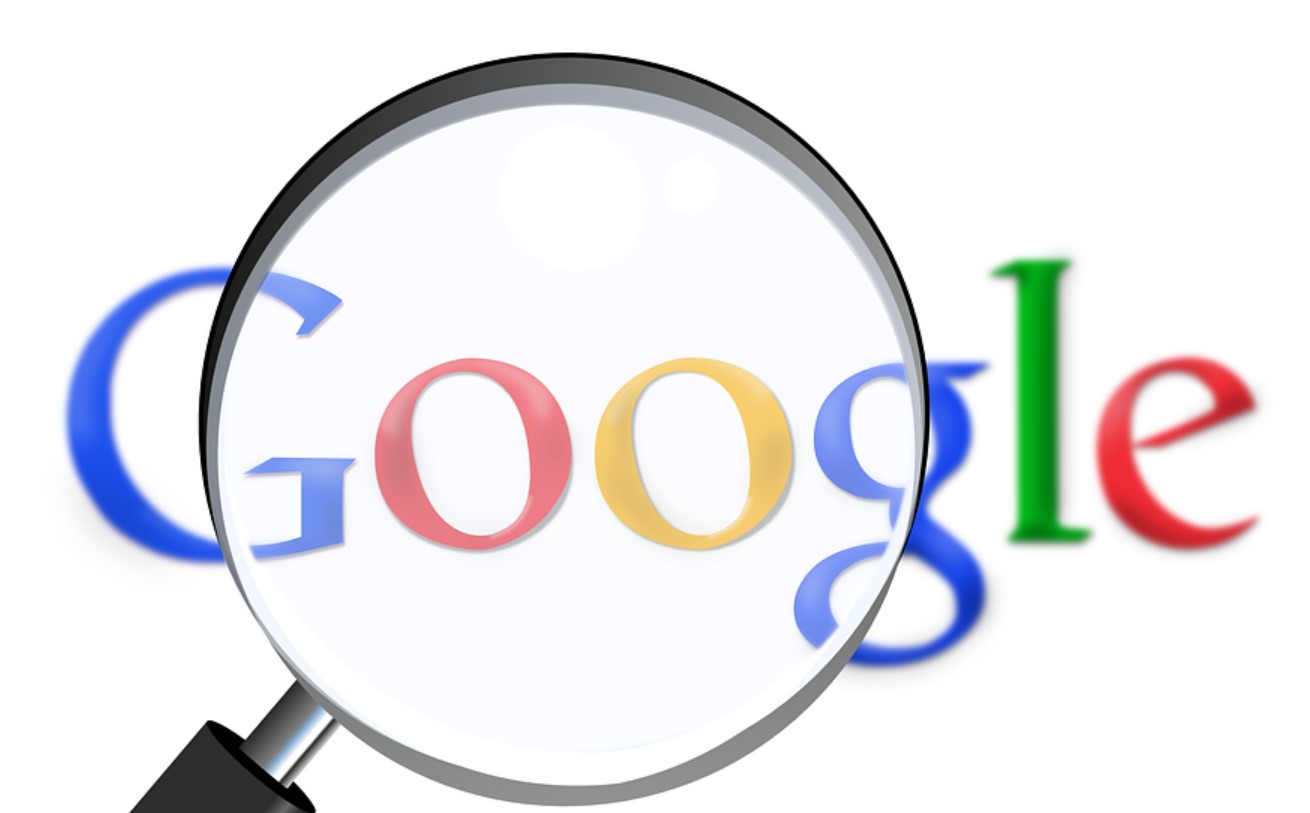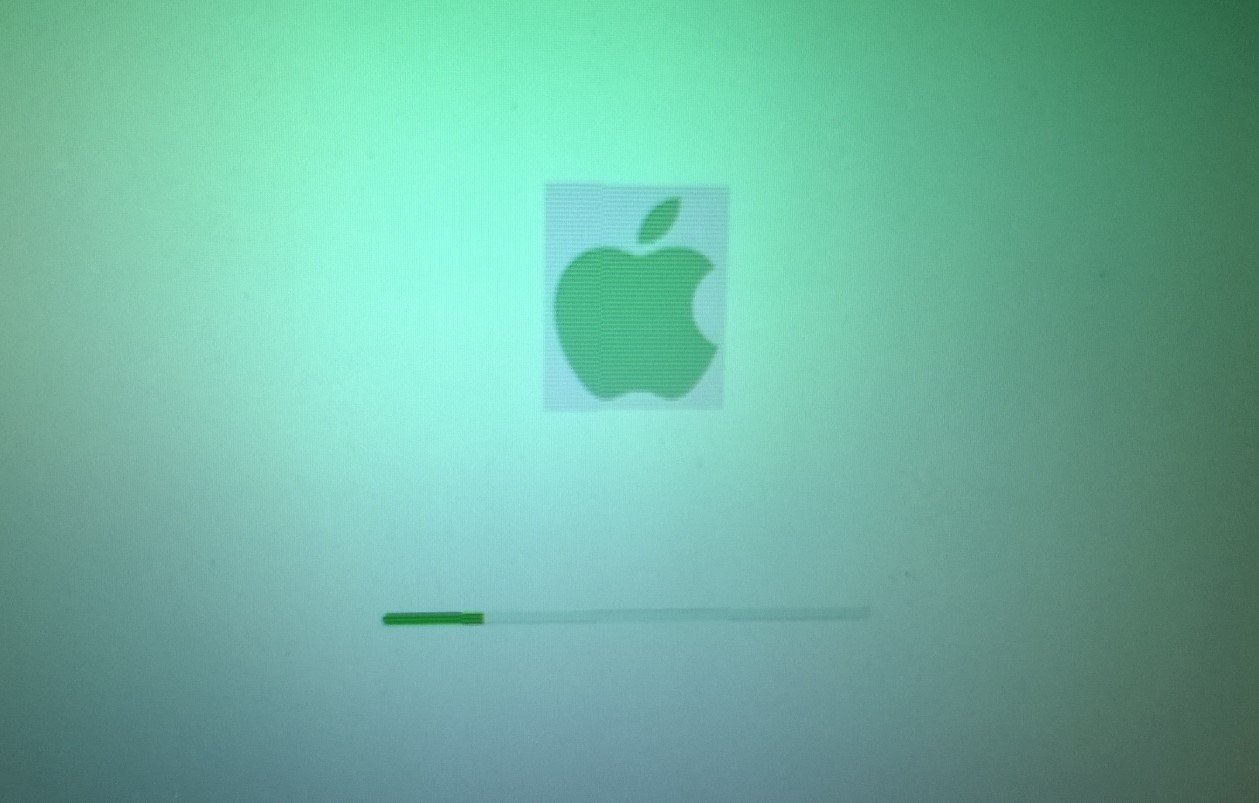News
Google Set to Make AI Mode Default Search Option Soon
Google is gearing up to let users pick AI Mode as their go-to search tool, which could push aside the classic blue links we’ve known for years. This shift promises smarter answers but raises big questions about web traffic and ads. What’s next for how we search the internet?
What Is Google AI Mode?
Google AI Mode takes search to a new level by using smart tech to sum up web info fast. It pulls from large language models to give users quick overviews, charts, and even code help without clicking through sites.
This feature stands out because it handles tough questions better than old search. For example, it can break down complex topics into easy tables or graphs. Users get answers right on Google, saving time but maybe skipping original sites.
AI Mode is already optional, sitting next to the “All” tab in search. Many folks stumble into it and start liking the chat-like feel over plain links.
Right now, it’s a side option, but that’s about to change.
Plans for Easier Access and Default Toggle
A top Google exec hinted at big updates coming soon. Logan Kilpatrick, product lead at Google AI Studio, posted on X that AI Mode could become the main search experience before long.
But Robby Stein, VP of Product at Google Search, stepped in to clear things up. He said the company wants to make it simple for fans of AI Mode to set it as default, without forcing it on everyone.
This means a new toggle or button to swap out traditional results for AI-driven ones. If you choose it, blue links vanish from your main view, tucked away under a “Web” tab at the end.
The move aims to match user habits, as more people warm up to AI answers. Google is testing this to see how it plays out.
How This Affects Publishers and Web Traffic
Publishers are worried this could slash their visitors. Google holds about 90% of the search market and sends billions of clicks to sites worldwide.
With AI Mode summarizing content, folks might not click through as much. A study by Pew Research found that AI overviews lead to fewer visits to original web pages.
Independent research shows people are less likely to click links when they get a full AI summary upfront. This hits small blogs and news outlets hard, as they rely on those clicks for income.
Some publishers talk about teaming up in a “NATO for News” group to push back. They argue Google should pay for using their content in summaries, but Google claims it sends better quality traffic instead.
Google lacks hard data to prove that point, leaving the debate open.
Here’s a quick look at potential impacts:
- Fewer clicks: AI answers keep users on Google longer.
- Ad shifts: Publishers might lose ad revenue from lost traffic.
- Quality debate: Google says summaries lead to meaningful visits, but evidence is thin.
Future Outlook and Ad Strategies
Looking ahead, AI Mode might fully take over as default by 2026, but Google is careful. They’re weighing how it affects their huge ad business.
The company is already trying ads in AI results and pitching ideas to partners. This could open new ways to make money, like sponsored summaries or charts.
But the digital marketing world is on edge. If blue links fade, how will ads work? Google is testing to find out.
For users, this means more power to customize search. You could stick with old-school results or dive into AI for deeper insights.
One thing is clear: search is evolving fast, blending human-like chats with web data.
In the end, Google’s push for AI Mode as an easy default choice marks a turning point in how we find information online. It offers quicker, smarter searches that could change daily habits for millions, but it also sparks fears about the open web’s future and fair pay for content creators. What do you think about ditching blue links for AI answers? Share your views in the comments and spread the word on social media. This topic is buzzing on X with #GoogleAIMode trending right now, so tag your posts and share this article to join the conversation.














